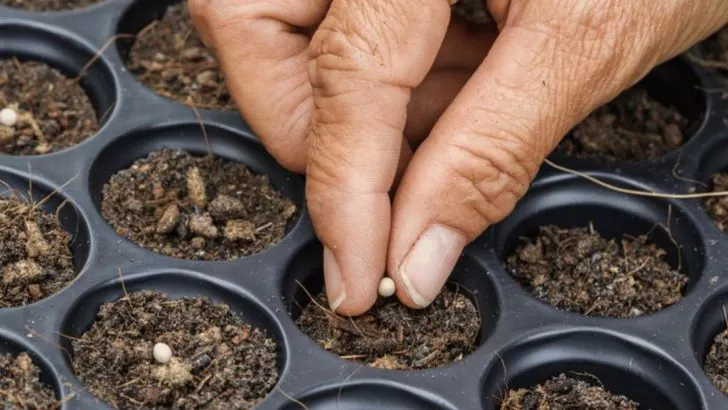Minnesota’s short growing season can be a challenge for gardeners, but with a few strategic hacks, you can still enjoy a flourishing garden despite the limited time. With only about 100 days from the last frost to the first frost, timing is everything. Whether you’re trying to maximize your yield or extend the growing period, clever techniques and weather-resistant plants can make all the difference.
In this article, we’ll share 20 gardening hacks that will help you thrive in Minnesota’s unpredictable climate. From choosing the right plants to protecting your garden from late frosts, these tips will help you get the most out of each growing season. With a little preparation, you’ll be able to turn Minnesota’s short growing window into a bountiful harvest.
Start Seeds Indoors Early
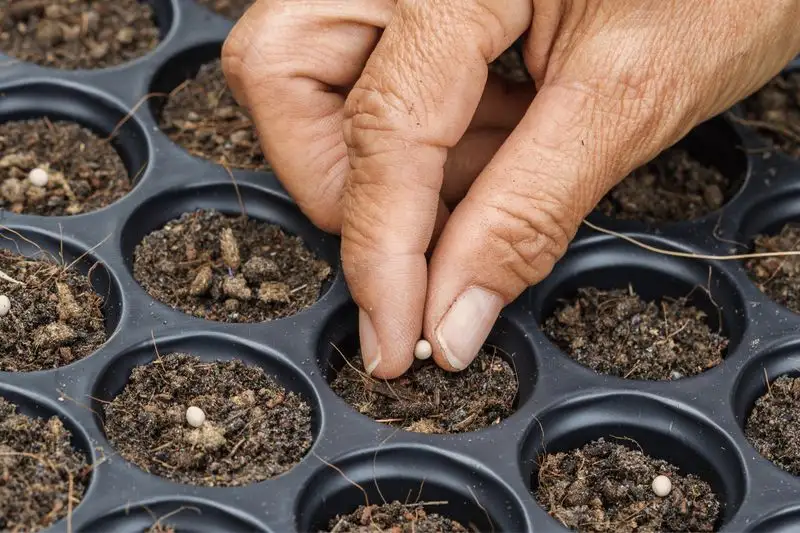
Begin your gardening journey by starting seeds indoors weeks before the last expected frost date. Minnesota’s short growing season becomes more manageable by giving plants a head start indoors. Use biodegradable pots that can be directly planted into the soil to minimize transplant shock. Monitor temperature and humidity levels closely to ensure optimal growth conditions. Providing plants with a robust beginning indoors translates into a more successful outdoor planting season. Consider using grow lights to supplement natural sunlight if your indoor space is limited in natural light sources.
Use Raised Beds for Better Drainage
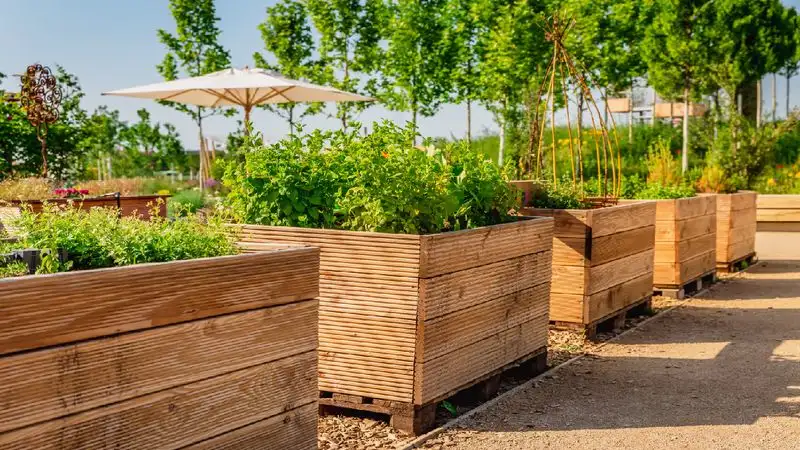
Raised beds are a gardener’s best friend, especially in areas with heavy, clay-rich soils like Minnesota. These structures improve drainage, allowing roots to breathe and reducing the risk of rot. Their elevated nature also means soil warms faster, extending your growing season. Fill them with a rich mix of compost and native soil to improve fertility. Raised beds can be crafted from wood, stone, or even recycled materials, adding both functionality and aesthetic appeal to your garden space. They also help in keeping pests like rabbits and groundhogs at bay.
Mulch Early and Often
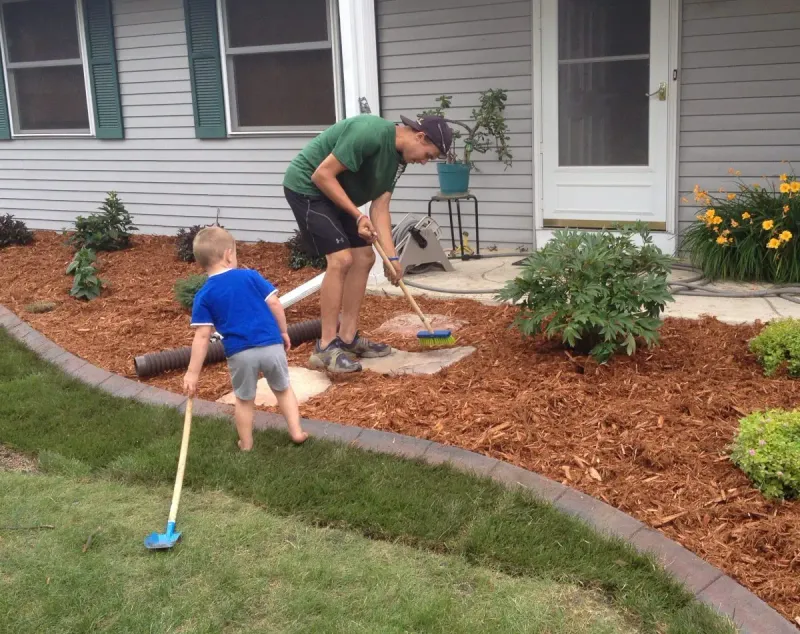
Mulch isn’t just for aesthetics; it’s a powerful tool in moisture retention and weed suppression. Applying a thick layer of organic mulch early in the season keeps soil temperatures stable and roots cool. This practice reduces evaporation and minimizes watering needs, crucial for busy gardeners. As the mulch breaks down, it enriches the soil with nutrients, benefiting plants throughout the season. Choose natural mulches like straw, wood chips, or shredded leaves to complement your garden’s ecosystem. Remember to keep mulch from directly contacting plant stems to prevent rot.
Choose Cold-Hardy Varieties
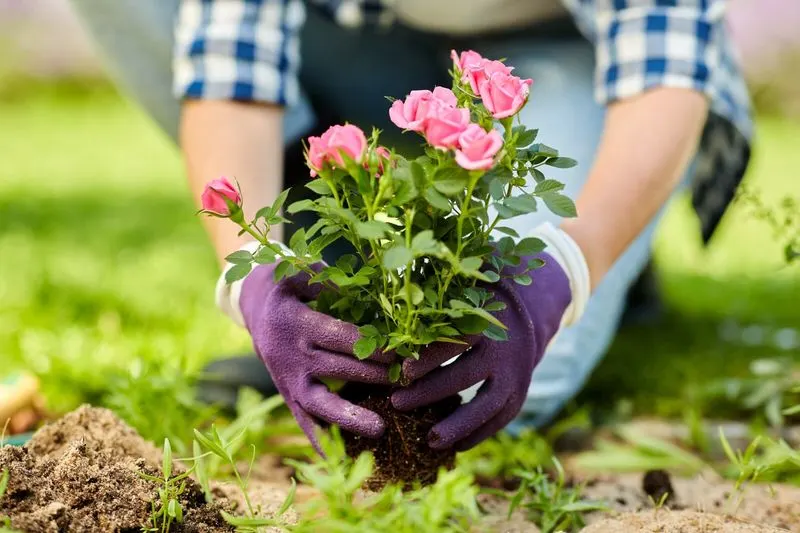
Selecting the right plant varieties is crucial for success in Minnesota’s climate. Opt for cold-hardy vegetables and flowers that thrive in cooler temperatures and shorter growing periods. Varieties like kale, peas, and pansies have adapted to withstand unexpected cold snaps. Check seed packages and local nursery recommendations for specific strains that perform well in your region. Planting these resilient varieties boosts your garden’s productivity. Additionally, cold-hardy plants often require less maintenance, saving time and resources. This thoughtful selection process is key to a flourishing garden despite climatic challenges.
Use Season Extenders
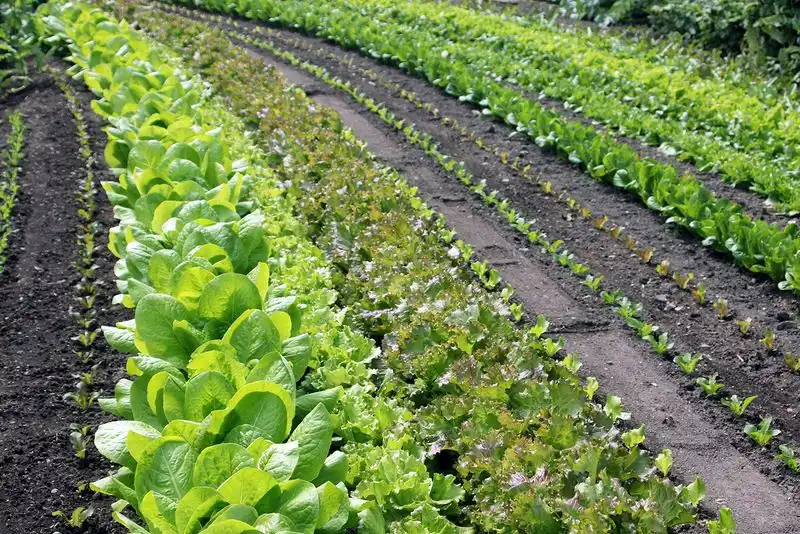
Season extenders such as row covers, cold frames, and hoop houses are invaluable for Minnesota gardeners. These tools protect young plants from late frosts and help maintain warmer temperatures for longer durations. They create microclimates, ensuring a stable environment for plant growth. Using these extenders can significantly stretch your growing season by several weeks. Homemade solutions using plastic sheeting or old windows are budget-friendly options. Season extenders are perfect for hardening off seedlings and providing necessary shelter during unpredictable weather conditions. Investing in these tools guarantees a more controlled and productive growing environment.
Practice Succession Planting
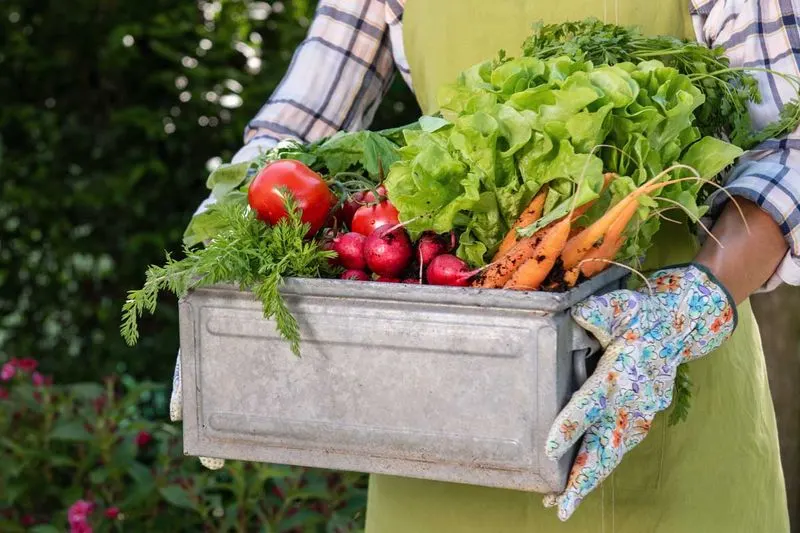
Succession planting lets you maximize productivity in a limited time frame. This technique involves planting new crops in the same space once the previous harvest is complete. For instance, after harvesting spring radishes, plant summer beans in the same spot. This continuous cycle keeps your garden fertile and abundant. Planning is crucial, so keep a calendar handy to track planting and harvesting schedules. Succession planting not only increases yield but also keeps the garden vibrant and full throughout the season. It’s an efficient method to utilize space and time effectively.
Collect Rainwater for Irrigation
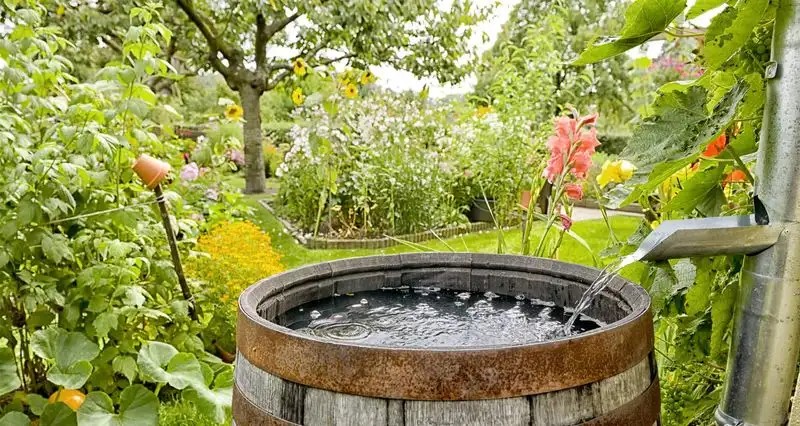
Water conservation is vital, and collecting rainwater is an excellent way to irrigate your garden sustainably. Use barrels to gather rain from gutters and downspouts. This free resource reduces dependence on municipal water, lowers bills, and provides plants with untreated water, which they prefer. Position barrels strategically to maximize collection, ensuring they have secure lids to prevent mosquito breeding. Utilize drip irrigation or soaker hoses connected to the barrels for efficient water distribution. Embracing rainwater collection supports environmental conservation while keeping your garden hydrated and healthy during dry spells.
Consult Local Gardening Experts
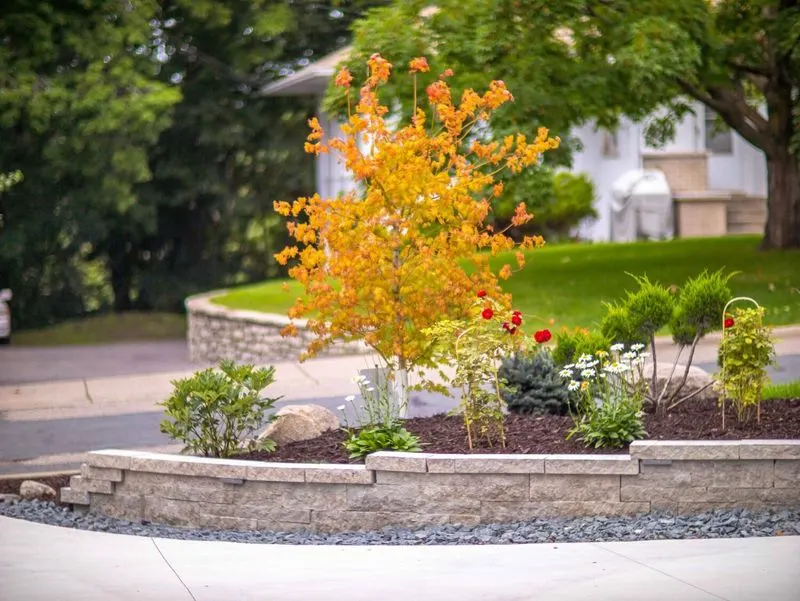
Tap into local gardening wisdom by connecting with experienced gardeners in your community. Minnesota’s climate poses specific challenges, and who better to guide you than those who’ve navigated them for years? Attend local garden clubs, workshops, or farmers’ markets to exchange insights and advice. These interactions are invaluable, providing practical tips tailored to your region’s conditions. Whether it’s advice on pest control or choosing the best plant varieties, local experts offer a wealth of knowledge. Building relationships within the gardening community also fosters a sense of camaraderie and shared learning.
Create a Compost System
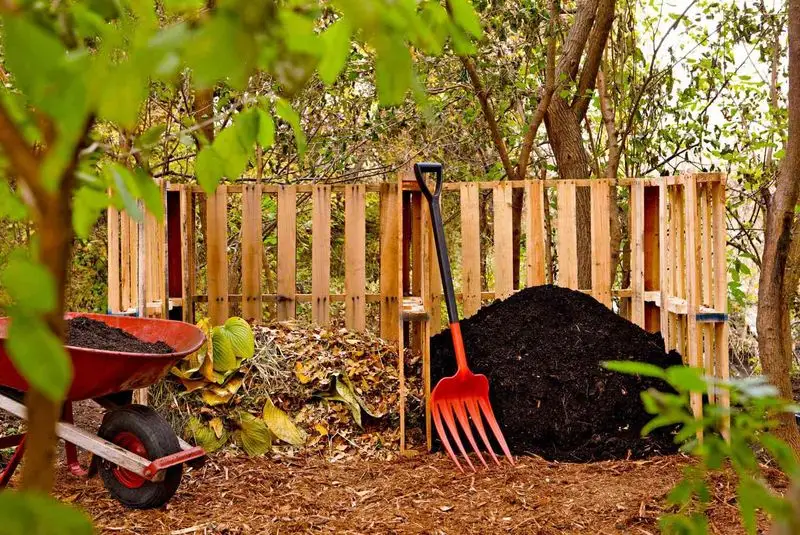
Composting transforms kitchen scraps and yard waste into nutrient-rich soil amendments. Set up a compost system in your backyard to recycle organic waste efficiently. Whether opting for a simple pile or a more advanced bin system, the key is balance. Combine green materials like food scraps with brown materials such as dried leaves for optimal decomposition. Regularly turning the pile aerates it, speeding up the process. Finished compost enriches garden soil, boosting plant health and productivity. It’s a sustainable practice that reduces waste and improves soil structure, making it essential for Minnesota gardeners.
Test and Amend Your Soil
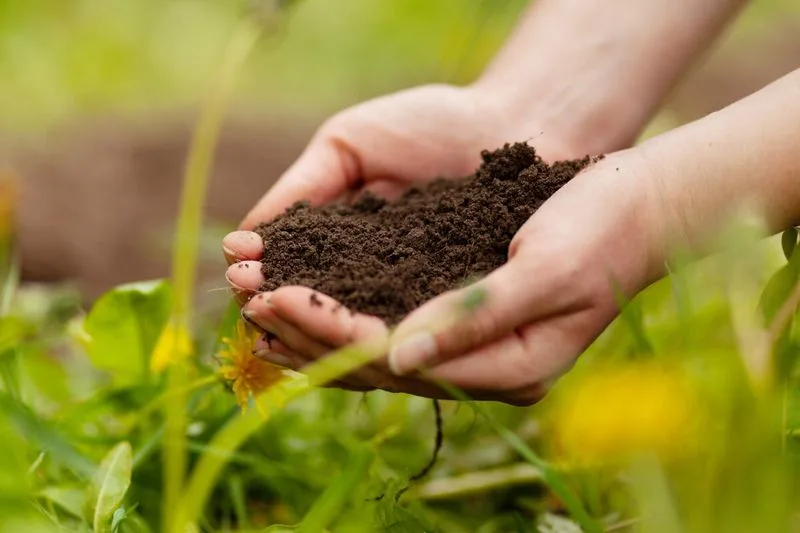
Soil testing is a critical step often overlooked in gardening. Knowing your soil’s composition helps guide amendments and fertilization. Purchase a soil test kit and follow the instructions to determine pH and nutrient levels. Understanding this baseline allows for precise adjustments, whether it’s adding lime to raise pH or incorporating compost to enhance fertility. Once amended, your soil provides a robust foundation for plants to thrive. Regular testing ensures that you’re meeting the soil’s evolving needs, optimizing plant growth and yield. It’s an insightful way to tailor your gardening strategy to local conditions.
Implement Pest Control Measures

Pests can quickly become problematic, but natural solutions offer effective control without chemicals. Implement companion planting by growing pest-repelling plants like marigolds and basil alongside your crops. Introduce beneficial insects such as ladybugs to keep aphids in check. Regularly inspect plants for early signs of infestation and apply remedies like neem oil promptly. Maintaining a diverse garden ecosystem discourages pests from settling in. This balanced approach minimizes damage while promoting a healthy, thriving garden. Choosing natural pest control methods supports sustainability and keeps your produce safe and chemical-free.
Plan for Pollinators
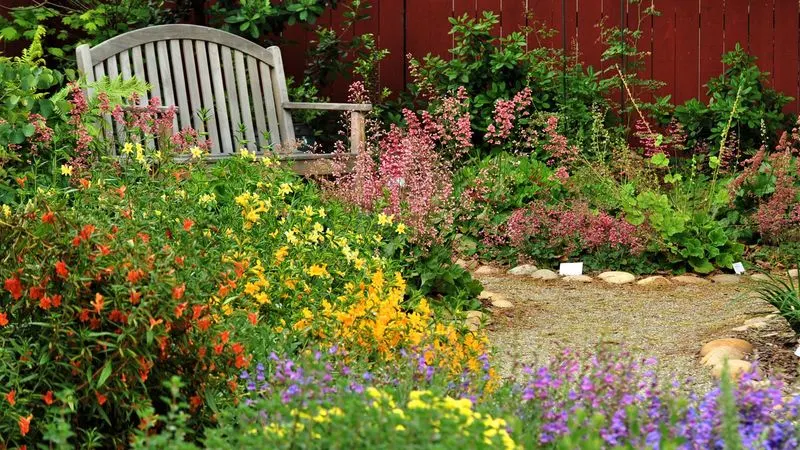
Pollinators play a vital role in garden health, so designing a pollinator-friendly space boosts productivity. Incorporate a range of flowering plants that bloom at different times to provide a continuous food source. Native flowers and herbs attract local pollinators, enhancing biodiversity. Avoid pesticides and opt for organic gardening practices to protect these crucial allies. Water sources like shallow dishes with stones offer pollinators a place to drink without drowning. Encouraging pollinator presence ensures better fruit and vegetable yields, turning your garden into a thriving oasis of life and color.
Rotate Crops Annually
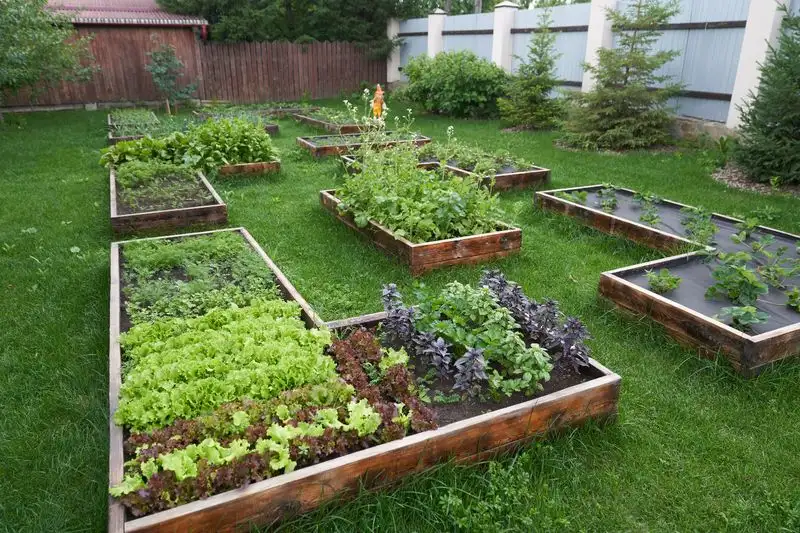
Crop rotation is a time-tested method to maintain soil health and prevent disease buildup. Rotate plant families to different garden sections each year, disrupting pest and disease cycles. For instance, follow tomatoes with beans, then carrots. This practice replenishes nutrients and minimizes soil depletion. Planning rotations in advance ensures a balanced garden, reducing reliance on fertilizers. Keep records of plant locations to streamline future planning. Crop rotation fosters a healthy garden environment, promoting robust plant growth and yield. It’s an essential strategy for long-term garden sustainability.
Incorporate Perennials for Low Maintenance
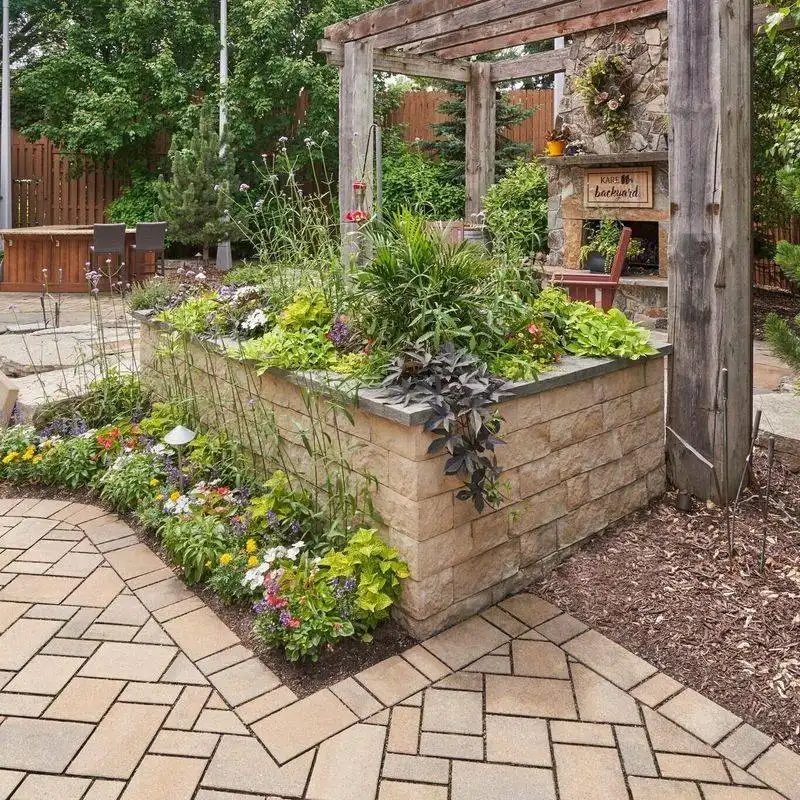
Perennials provide reliable structure and beauty, requiring less effort than annuals. Planting perennials like daylilies, hostas, and coneflowers in Minnesota gardens ensures year-after-year growth. These plants adapt well to local climates, often needing minimal intervention once established. They offer seasonal interest and attract beneficial wildlife, adding diversity and resilience to your garden. By incorporating perennials, you reduce the need for replanting, saving both time and resources. A well-thought-out perennial garden offers continuous enjoyment and requires less upkeep, perfectly suited for busy gardeners.
Install Drip Irrigation Systems
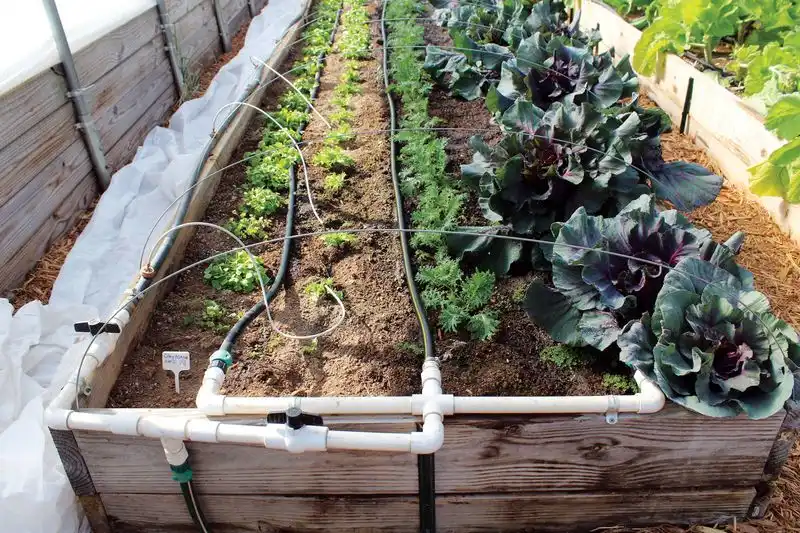
Efficient water use is crucial, and drip irrigation offers precise delivery directly to plant roots. Installing this system minimizes water waste and ensures consistent moisture levels. It’s perfect for Minnesota’s variable weather, providing steady hydration regardless of rainfall. Drip systems are easy to set up and can be customized for different garden areas. Timers automate watering, freeing you from daily chores. By minimizing surface water, you also reduce weed growth. This method conserves water resources while supporting healthy plant development. It’s an investment that pays off in both convenience and conservation.
Protect Plants from Late Frosts
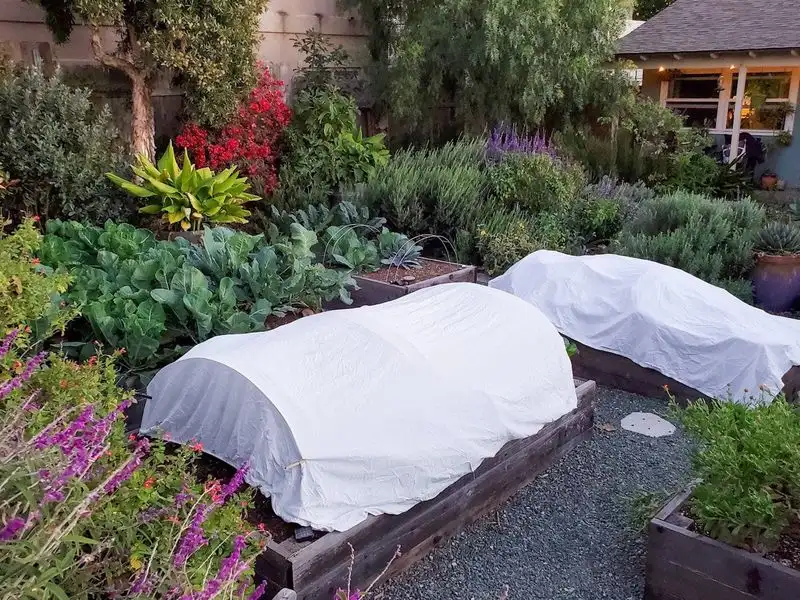
Late frosts can be detrimental, but simple precautions safeguard your plants. Keep frost blankets or old sheets handy to cover sensitive plants on cold nights. Checking weather forecasts regularly helps you prepare in advance. Position containers and potted plants in sheltered spots or move them indoors temporarily. This protection method keeps cold-sensitive plants alive and thriving until the weather stabilizes. Proper frost protection ensures that all your hard work and early planting efforts aren’t wasted. A little preparation goes a long way in maintaining garden vitality.
Utilize Vertical Gardening Techniques
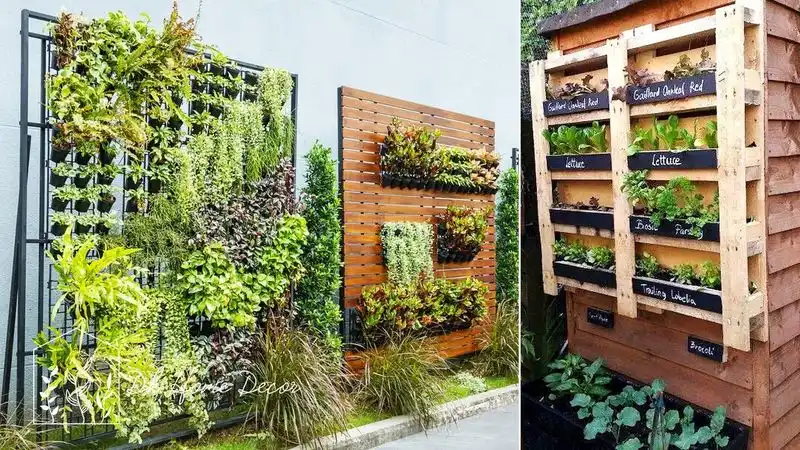
Vertical gardening maximizes space, making it perfect for smaller areas and urban settings. Use trellises, wall planters, and vertical frames to grow climbing plants like peas and cucumbers. This method increases yields without expanding your garden footprint. Vertical structures also improve air circulation, reducing disease risk. Position these setups in sunny spots to take full advantage of available light. Vertical gardening adds depth and visual interest to your landscape, turning even the tiniest plot into a productive haven. It’s an innovative solution for space constraints, offering a bountiful harvest.
Encourage Companion Planting
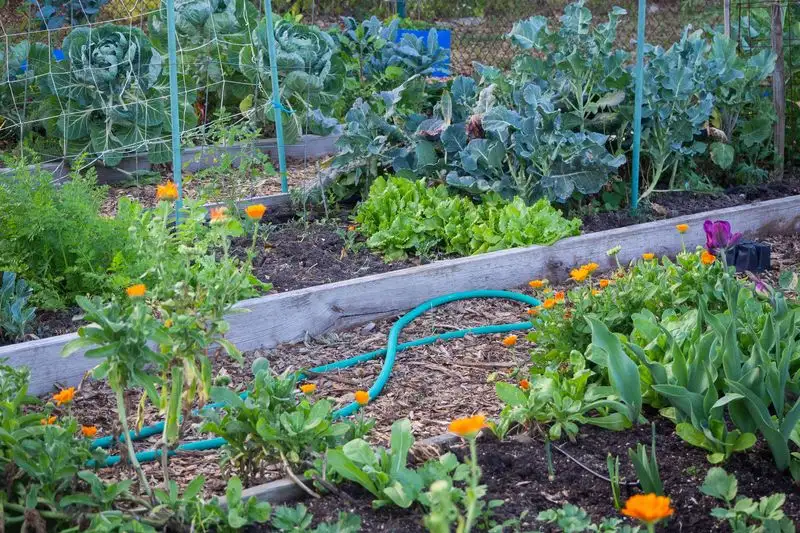
Companion planting is a strategic approach where certain plants enhance each other’s growth. Pairing plants like basil and tomatoes can deter pests and improve flavor. Marigolds repel nematodes, benefiting neighboring vegetables. This method promotes natural pest control and increases biodiversity. Thoughtful companion planting can reduce the need for chemical interventions, creating a balanced ecosystem. Plan your garden layout to accommodate beneficial plant pairings, ensuring each has enough space and resources. It’s a harmonious way to boost plant health and productivity, fostering a thriving, interconnected garden community.
Harvest Regularly to Encourage Growth
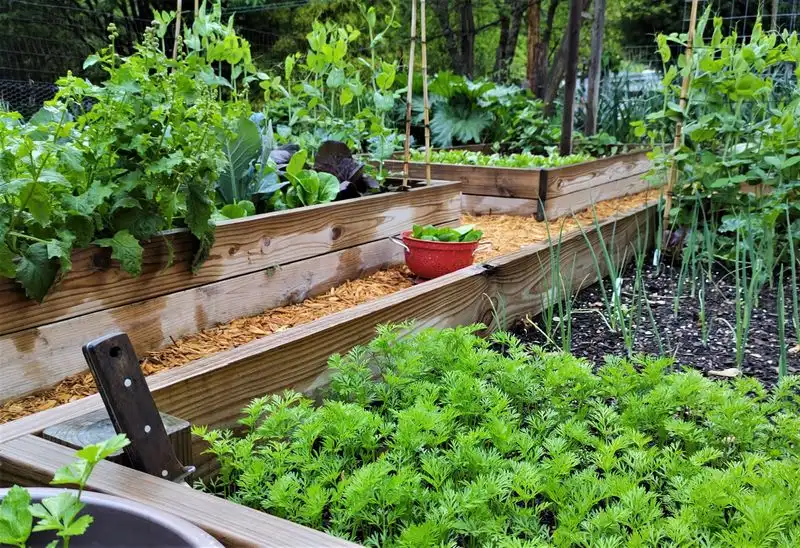
Frequent harvesting is essential for many plants to continue producing. Regularly picking vegetables like beans and zucchinis encourages plants to set new fruit. Leaving produce on the vine too long can signal plants to stop production. Create a routine to check for mature crops, ensuring you enjoy the freshest produce while motivating ongoing growth. This practice keeps your garden productive and reduces waste. Engaging with your garden daily or weekly also helps you spot potential issues early, allowing for timely interventions. Harvesting becomes a rewarding, integral part of gardening success.
Adjust Planting Times Based on Weather
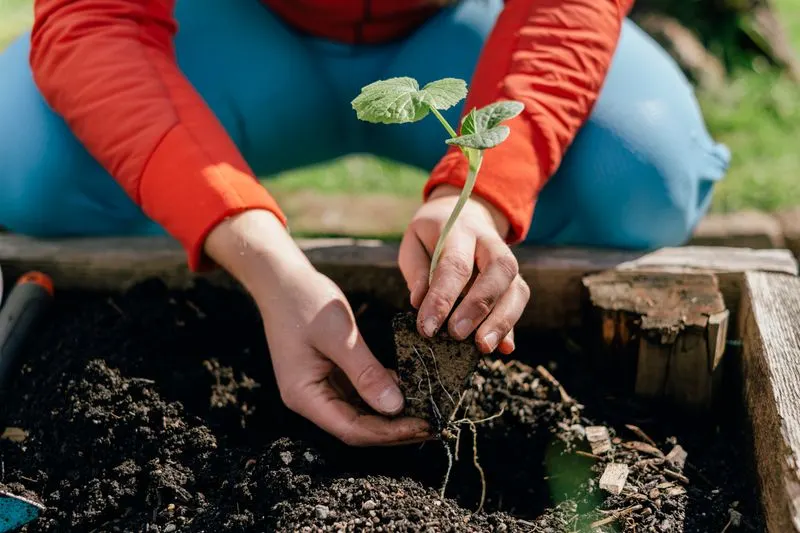
Adapting to weather variations is key in Minnesota’s unpredictable climate. Use long-term forecasts to plan planting schedules, giving seeds the best chance to thrive. Warmer-than-average springs may allow for earlier planting, while cooler conditions might delay it. Flexibility ensures that your garden aligns with nature’s cues rather than rigid dates. Monitor temperature trends and adjust accordingly, maximizing your growing season. This responsive approach helps mitigate risks associated with late frosts or unexpected heatwaves. Tailoring your planting strategy to current conditions leads to a more successful and resilient garden.

